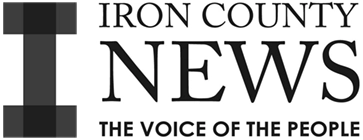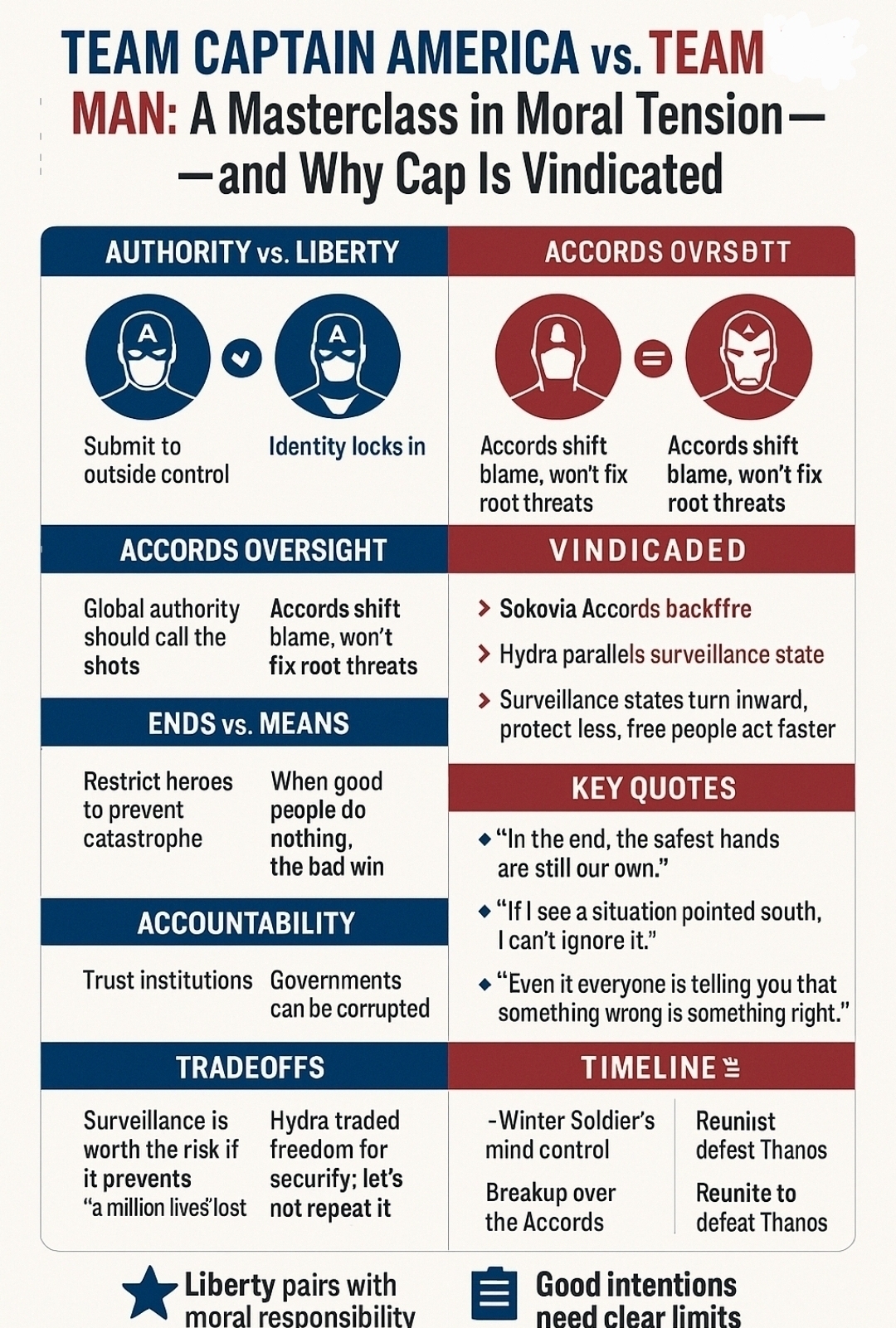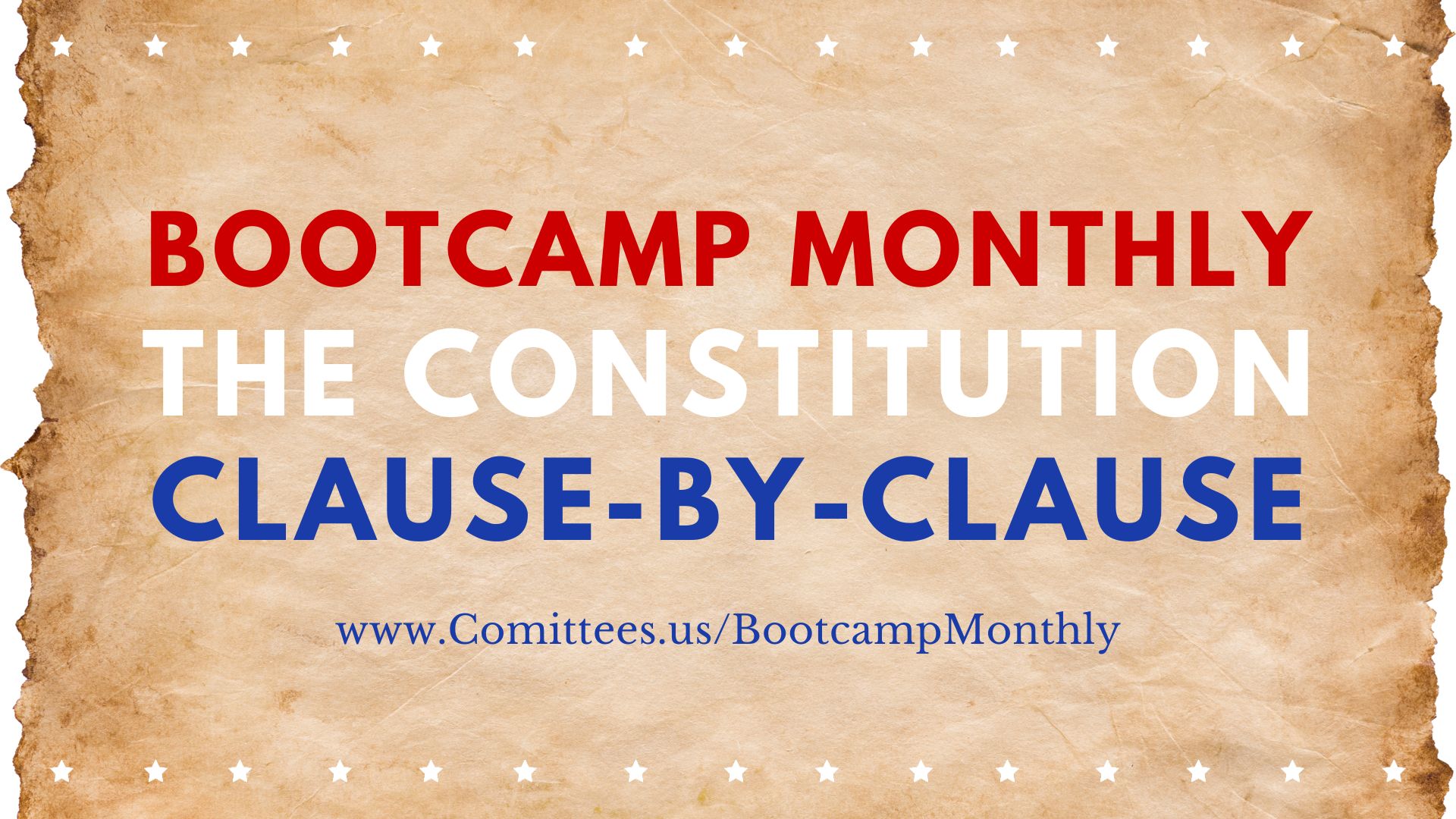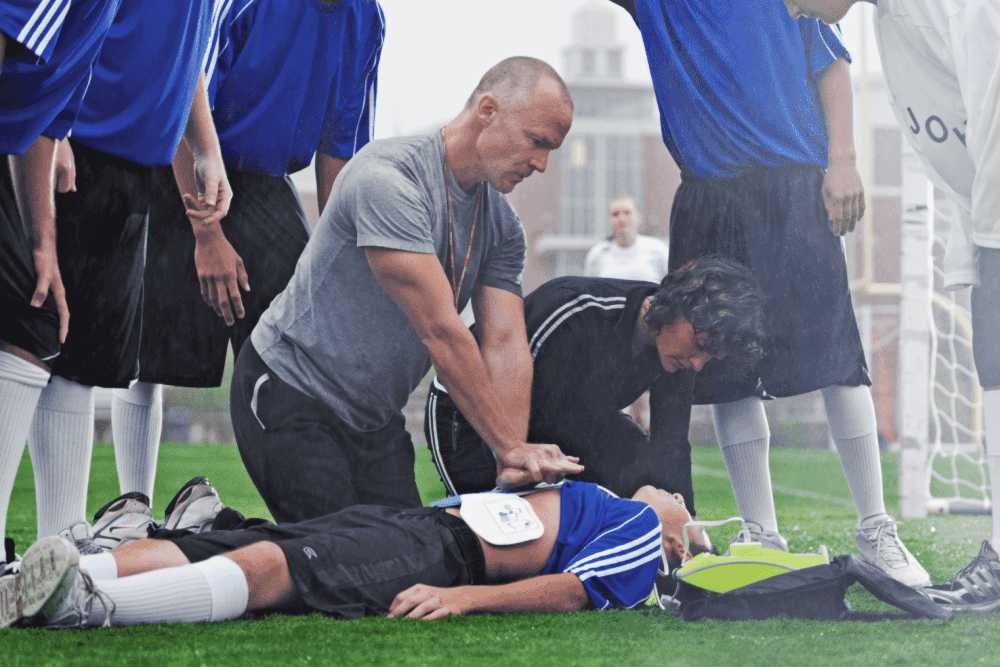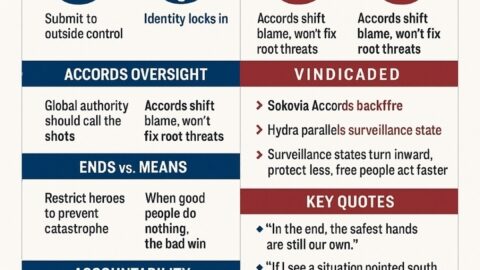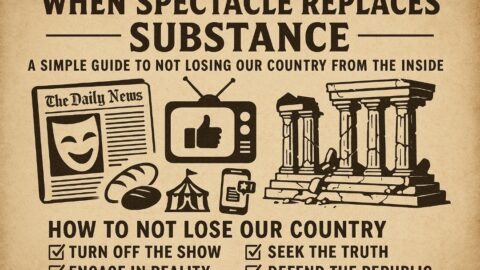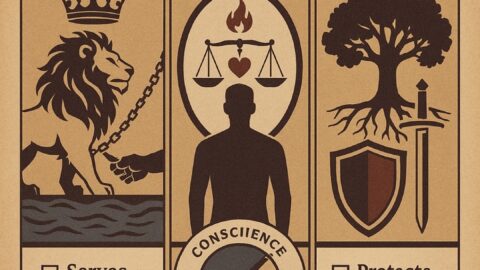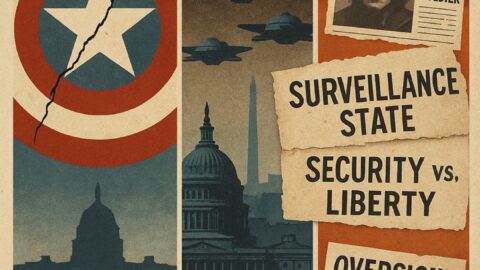The Core Clash
Team Iron Man (Tony, Ross, the UN panel) argues for oversight: powerful people must be licensed by institutions or they’ll become a danger. “Compromise. Reassurance. That’s how the world works.”
Team Captain America (Steve, Sam, Wanda, Clint, Scott, later T’Challa’s arc adjacent) argues for conscience: institutions are run by people with shifting agendas; if you outsource your moral judgment, you’ll be ordered to do wrong—or forbidden to do right. “If we sign this, we surrender our right to choose. The safest hands are still our own.”
The film frames this as a policy fight over the Sokovia Accords, but the deeper question is timeless: Do you secure the world by binding good people to bureaucracies—or by insisting they keep direct moral responsibility?
What Each Side Stands For
Team Iron Man: Safety Through Supervision
- Premise: Power provokes challenge; unchecked heroes escalate conflicts. Therefore, heroes must act only when a neutral authority permits it.
- Virtues: Humility before public fear; willingness to accept limits; desire to rebuild trust.
- Risks: Moral outsourcing (“just following orders”); paralysis-by-committee; capture by political agendas; punishment of heroes who refuse bad orders.
Team Captain America: Responsibility Before Permission
- Premise: Institutions can’t be morally infallible; agendas change. Heroes must retain the right—and duty—to act on conscience when time and justice demand it.
- Virtues: Accountability taken personally; speed when lives are at stake; refusal to weaponize law against friends or scapegoats.
- Risks: Error without checks; public distrust if things go wrong; fragmentation of teams.
Civil War’s genius is that both sides have a point. But across the movie—and the broader MCU—events keep vindicating Cap’s warnings.
How Civil War Itself Proves Cap’s Case
1) Agendas Change—Fast
- The Accords go from “oversight” to political weapon almost overnight.
- Wanda is confined, monitored, and effectively imprisoned—not tried, just managed, because optics demand it.
- Clint, Sam, Scott are thrown into the Raft—a black-site prison—without trial, illustrating how “oversight” morphs into detention-by-policy.
Cap’s point: Systems built for safety can be used for suppression tomorrow.
2) Bureaucracy Creates Paralysis
- Zemo’s plan is time-sensitive. A UN panel would stall action; Cap acts anyway, preventing a worse catastrophe by reaching Siberia first.
- Natasha breaks ranks to let Cap pursue the lead, intuiting that moral truth can outrun legal permission.
Cap’s point: Committees can’t beat clocks. Conscience often must move faster than paperwork.
3) Externalized Conscience = Dangerous
- Tony wants to hand the steering wheel to the UN to atone for Ultron and Sokovia. It’s understandable—but it’s guilt outsourcing.
- When the panel and Ross push punitive moves, Tony still has to break rules to help imprisoned teammates—proving even he doesn’t trust the system he empowered.
Cap’s point: You can’t subcontract morality and expect moral outcomes.
4) Truth > Procedure
- Zemo frames Bucky to trigger the Accords’ worst instincts. Cap insists on evidence and personhood over protocol. He’s right: the real culprit is a clever manipulator who exploits institutions and outrage.
Cap’s point: Due process and facts must trump face-saving crackdowns.
How Later MCU Stories Keep Vindicating Team Cap
(A few highlights—no exhaustive list)
Black Widow
- Natasha is hunted under the Accords for doing what’s right. She rejects compliance, does the right thing anyway. Moral action > political permission.
Spider-Man: Homecoming / Far From Home
- Tony’s “managed mentorship” still creates externalized responsibility; Peter’s growth comes from reclaiming personal judgment (“If you’re nothing without the suit…”). Cap principle in miniature.
Avengers: Infinity War
- The team’s fragmentation (in part born of the Accords) slows coordination against Thanos. Cap’s underground crew in Wakanda acts decisively without asking permission; the world needs action now, not after a UN vote.
Avengers: Endgame
- The heroes succeed by breaking every rule that would have forbidden what’s needed—time heists, off-grid missions, impossible risks. It’s conscience-driven responsibility all the way down.
The Falcon and the Winter Soldier
- Government-approved John Walker shows the hazard of institutional virtue-signaling without inner virtue. He has the badge, not the character.
- Sam Wilson inherits the shield not by panel vote, but by proven conscience, community listening, and moral courage. Cap’s ethic wins.
She-Hulk
- It’s explicitly stated that the Sokovia Accords are repealed. The story-world itself admits the framework failed. (Narrative vindication: the safest hands are our own.)
Why Cap’s Ethic Works (and How to Make It Safe)
1) Keep conscience in the driver’s seat.
Heroes must answer for their choices—personally—not hide behind panels.
2) Build narrow, transparent guardrails—don’t hand over the steering wheel.
- After-action accountability > prior restraint.
- Clear, limited laws > sprawling, vague mandates.
- Public evidence & review > opaque detention and black sites.
3) Separate emergency speed from permanent power.
Create fast lanes for crises that expire quickly; avoid “temporary” powers that calcify.
4) Protect truth-finding above optics.
Reward heroes who chase evidence under pressure; be suspicious of policies driven by PR and fear.
5) Choose character over credentials.
Institutions cannot manufacture virtue. Pick leaders who’ve proved they can carry moral weight without supervision.
The Moral Geometry of the Film
- Tony Stark (Utilitarian Penance): Safety through permission.
- Steve Rogers (Deontological Responsibility): Duty before decree.
- Ross (Bureaucratic Order): Control before trust.
- Natasha (Pragmatic Conscience): When the system and truth diverge, choose truth.
Civil War doesn’t demonize oversight; it demotes it. The film argues that oversight is a tool, not a master—and whenever it tries to become the master, it threatens the very good it claims to protect.
Bottom Line
Team Iron Man seeks peace by putting heroes on a leash.
Team Captain America seeks justice by keeping heroes morally awake and personally accountable.
Across the movie—and the MCU—the story keeps landing in the same place: agendas change, committees stall, bad actors exploit rules, and crises don’t wait. The only reliable safeguard is a hero who won’t sign away his responsibility to decide what’s right—and who’s willing to bear the consequences of doing it.
That’s why, when the dust settles, Captain America’s ethic wins:
The safest hands aren’t unbound hands—they’re responsible hands.
This scene in Captain America: Civil War is a masterclass in moral tension, political realism, and the timeless struggle between sovereignty and oversight. Let’s break it down point-by-point so readers can see the philosophical, constitutional, and ethical stakes embedded in the dialogue.
Scene Summary
Secretary Ross introduces the Sokovia Accords after the Avengers’ unsupervised global interventions (New York, Washington, Sokovia, Lagos) leave mass destruction in their wake. The conversation that follows between Ross, Tony Stark, and Steve Rogers becomes an allegory for modern governance — security vs. liberty, oversight vs. autonomy, collective control vs. individual conscience.
Point-by-Point Analysis
1. “The World Owes the Avengers an Unpayable Debt.”
Ross begins by acknowledging the Avengers’ heroism — much like how nations praise their military after crises — but pivots quickly to accountability.
➡ Theme: Gratitude often precedes regulation. Governments praise heroes before they constrain them.
2. “What Would You Call a Group… Who Ignore Sovereign Borders?”
Ross reframes the Avengers as vigilantes who operate without state consent — an echo of U.S. foreign policy debates from Vietnam to Iraq: who decides when intervention is justified?
➡ Parallel: The Avengers are America — powerful, moralizing, but unbound by global law.
3. “New York. Washington. Sokovia. Lagos.”
Ross lists the wreckage like a prosecutor showing exhibits. This is political framing: selective memory emphasizing collateral damage, not saved lives.
➡ Lesson: Bureaucracies quantify destruction; they rarely measure prevention.
4. “You’ve Operated with Unlimited Power and No Supervision.”
A direct parallel to unchecked executive authority. Governments fear what they can’t control, even if it protects them.
➡ Modern echo: Emergency powers, surveillance, and “crisis laws” arise from this logic — control first, gratitude later.
5. “The Sokovia Accords… Under UN Supervision.”
Ross proposes multilateral oversight — a global bureaucracy deciding when heroes act.
➡ Hidden tension: globalism vs. sovereignty, similar to debates over the UN, WHO, and NATO today.
➡ Philosophical root: Rousseau’s “general will” versus Locke’s “individual conscience.”
6. “If I Misplaced Two Nukes…”
Ross equates Thor and Hulk to WMDs — framing humans as assets of mass destruction, not moral agents.
➡ Underlying fear: people who don’t fit neatly into bureaucratic control structures.
7. “Compromise. Reassurance. That’s How the World Works.”
Ross’s worldview: stability > freedom. This is bureaucratic realism — moral grayness justified by order.
➡ Echo: “Safety first” politics that trades liberty for peace of mind.
8. Tony Stark’s Equation — “Our Strength Invites Challenge.”
Tony introduces causality: their power escalates conflict. This is deterrence theory reversed — strength breeds opposition.
➡ Philosophical echo: Thucydides Trap — dominance provokes rivals.
➡ Modern analogy: U.S. military intervention creating new enemies.
9. “Oversight Is Not an Idea That Can Be Dismissed.”
Tony, burdened by guilt (Ultron, civilian deaths), now values control — a classic moral overcorrection.
➡ Psychological layer: Personal guilt can lead to collectivist overreach; penance through bureaucracy.
10. “Charles Spencer…”
Tony’s emotional testimony about the boy killed in Sokovia personalizes abstract damage — moral storytelling replacing metrics.
➡ Lesson: Humans react to stories, not statistics; this drives emotional policymaking.
11. “We Need to Be Put in Check.”
Tony’s conclusion is the logic of moral fatigue: when guilt overwhelms responsibility, people surrender freedom for oversight.
➡ Moral warning: True accountability is inward, not outsourced.
12. “If We Sign This, We Surrender Our Right to Choose.” — Captain America
Steve Rogers channels the Jeffersonian warning: power, once centralized, doesn’t un-centralize.
➡ Theme: Freedom isn’t safe — it’s responsible. Oversight promises peace, but breeds dependence.
13. “What If They Send Us Somewhere We Shouldn’t Go?”
Rogers anticipates the moral hazard of externalized conscience — when authority dictates ethics.
➡ Echo: Nuremberg principle — “Just following orders” is not moral absolution.
14. “The Safest Hands Are Still Our Own.”
The core of the debate. Self-governance vs. institutional control.
➡ Constitutional parallel: Founders’ preference for distributed power — local decisions, visible accountability.
15. “If We Don’t Do This Now, It’ll Be Done to Us Later.” — Tony
Fear of coercion leads to preemptive surrender — compliance before compulsion.
➡ Parallel: Modern policy creep — from Patriot Act to digital ID systems. Once normalized, freedom becomes a conditional privilege.
16. “We’ve Made Public Mistakes; We Need to Win Trust Back.”
Romanoff’s realism: trust, once lost, is the new currency of control.
➡ Lesson: Public fear creates fertile ground for surveillance and overregulation.
17. “Agendas Change.” — Steve
This is the timeless truth: systems built for safety can serve tyranny tomorrow.
➡ Historical echoes: Emergency powers under Caesar, Napoleon, Lincoln, FDR, and COVID-era states — always temporary, rarely undone.
18. “If the Worst Person Ran This…”
Rogers’ unspoken argument is the constitutional principle of lock design: build systems assuming corruption will occur.
➡ Founding parallel: State constitutions, Articles of Confederation, and the U.S. Constitution all embodied this principle. Over time, citizens forgot that liberty survives only when power is constrained by design, not by trust.
19. The Moral Geometry
- Tony Stark: Utilitarian. Security through collective oversight.
- Steve Rogers: Deontological. Morality through personal conscience.
- Ross: Bureaucratic Realist. Order through hierarchy.
- Natasha: Pragmatist. Adapt to survive.
Together, they represent the four competing moral architectures of governance — a living diagram of America’s constitutional tension.
Takeaway for the Layperson
Captain America: Civil War isn’t really about superheroes. It’s about how free people handle power.
- When we hurt others, we crave control.
- When we crave control, we trade freedom.
- When we trade freedom, we create systems ripe for abuse.
- And when “the worst person” finally gets the keys — we remember why locks existed.
The Founders designed those locks: divided power, limited government, moral conscience.
We’ve loosened them in the name of speed, safety, and spectacle.
It’s time to tighten them again — not because we distrust others,
but because we understand human nature.
That’s not cynicism.
That’s wisdom.
